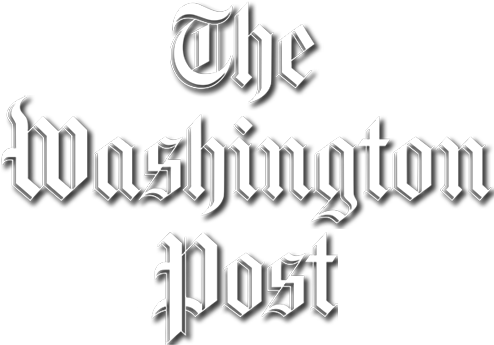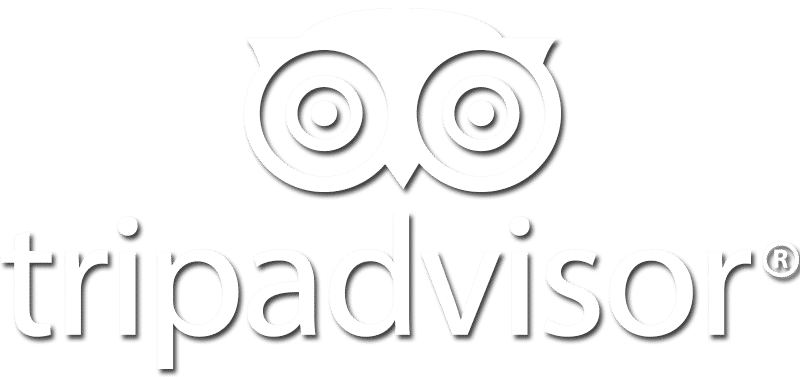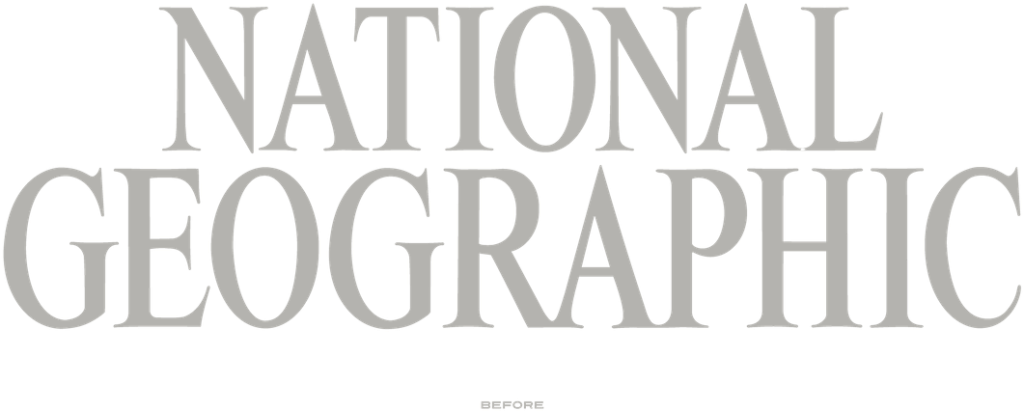The best time for gorilla trekking in Uganda is during the dry seasons , that is the month of June to September and December to February) when hiking conditions are most comfortable with less rain and mud. These dry periods offer several benefits: reduced rainfall minimizes slippery trails, the less dense bush improves wildlife visibility, and dry ground makes trekking more comfortable while reducing mud.
Gorilla permits cost $800 per person and almost 98% of permits sell out three months ahead during June, July, and August.
If you go when it’s rainy (April, May, or November), you might save 15-20% on hotel costs, and you’ll see fewer people – often just 4-6 other tourists instead of the maximum group size of 8. Uganda has about 400 mountain gorillas, roughly half of the world’s 800 remaining population.
Key Facts About Uganda Gorilla Trekking
- Permit Cost: $800 per person for a standard 1-hour encounter
- Habituation Experience: $1,500 for 4 hours with gorillas (Rushaga sector only)
- Conservation Status: Uganda has approximately 400 mountain gorillas (~50% of world population)
- Group Size: Maximum 8 tourists per gorilla family
- Trek Duration: Typically 2-6 hours roundtrip depending on gorilla location
- Altitude: 1,160 to 4,127 meters above sea level
- Temperature: Daytime averages of about 22°C (72°F), mornings around 12°C (54°F)
- Peak Booking Period: 98% of permits sell out three months ahead during June-August
Uganda’s Climate and Seasonal Patterns
Before examining the best times for gorilla trekking, it’s necessary to comprehend Uganda’s typical climate and seasonal patterns.
General Climate
Uganda’s location near the equator creates a relatively consistent climate throughout the year, though with clear wet and dry seasons. The gorilla habitats have generally mild temperatures due to their elevation, with daytime averages of about 22°C (72°F) and cooler mornings at around 12°C (54°F)
Seasonal Breakdown
Uganda goes through four main seasons that affect gorilla trekking conditions:
- Long Dry Season (June to August) – The driest months with minimal rainfall
- Short Rainy Season (September to November) – Increasing rainfall with occasional continuous drizzle
- Short Dry Season (December to February) – A brief drier spell with occasional rainfall
- Long Rainy Season (March to May) – Heavy rainfall peaking in April
Grasping these patterns is key for planning your gorilla trekking tour.
The Best Time for Gorilla Trekking: Season by Season Analysis
Dry Seasons (June-August & December-February)
The dry seasons are traditionally viewed as the best time for gorilla trekking in Uganda.
Long Dry Season (June-August)
During this period, trekkers benefit from drier trails with less slippery surfaces, making the activity safer and more pleasant. Visibility in the forest is clearer, and roads to and within the parks are in better condition. The steep slopes are generally easier to walk during these months.
This time frame also represents the peak tourist season, particularly in July and August. As a result, permits sell out quickly, often requiring booking months ahead. Accommodation rates are higher, and trekking groups tend to be full.
June and July are the driest months in Bwindi and Mgahinga, offering the most favorable trekking conditions.
Short Dry Season (December-February)
This season presents relatively drier conditions than the rainy seasons with fewer tourists than during the long dry season. There’s potentially more permit availability and slightly lower accommodation rates than peak season.
Brief afternoon showers remain possible, and February tends to see increasing rainfall as it approaches the long rainy season.
January typically offers the most favorable conditions during this short dry spell, with clear trails and comfortable trekking temperatures.
Rainy Seasons (March-May & September-November)
Contrary to common belief, the rainy seasons can also be suitable for gorilla trekking, with some important factors to consider.
Long Rainy Season (March-May)
This season sees far fewer tourists, better permit availability, and lower accommodation rates (sometimes up to 30% less). The forest scenery is very green and full of life. Gorillas may come down to lower altitudes for feeding, potentially reducing trek times.
However, April is the wettest month with heavy, persistent rainfall. Trails become very muddy and slippery, creating difficult trekking conditions that require good physical fitness. Some roads may become hard to travel on, and there’s an increased presence of leeches and insects.
April is generally considered the least favorable month for gorilla trekking due to the intensity of rainfall.
Short Rainy Season (September-November)
This period attracts fewer tourists than during peak dry season and offers better permit availability. The green landscapes provide good photo opportunities, and rates are more affordable.
The drawbacks include slippery and muddy trails, unpredictable weather patterns, and November typically seeing more rainfall than September.
Month-by-Month Breakdown for Gorilla Trekking
January
January marks the beginning of the short dry season. The paths are clear and less slippery. There are fewer visitors and costs are reasonable. You might experience occasional light showers.
February
February offers similar conditions to January with continuing clear trails and a pleasant climate for trekking. Rainfall begins to increase toward the end of the month.
March
March signals the start of the wet season. Heavy and frequent rains occur, and trails become muddy and slippery, making trekking less appealing.
April
April is the wettest month of the year with heavy rains. Many roads and facilities may close, making it the least favorable month for trekking.
May
In May, rain continues but is less heavy than April. It’s low season with affordable trekking opportunities. Trails remain challenging but start improving.
June and July
These months represent the peak dry season with minimal rainfall and clear routes. Demand is high, costs are higher, and permits sell out quickly.
August
August marks the end of peak season with ongoing dry conditions and comfortable trekking routes. It’s considered one of the best times to visit.
September
September signals the end of the dry season. Weather becomes unpredictable with occasional light showers. Advance permit booking is still recommended.
October
October is a quieter month with lower visitor numbers and reasonable pricing. Weather can be unpredictable with sporadic rains.
November
November sees increased rainy conditions. It’s low season with fewer tourists. Trail conditions are difficult, but vegetation is abundant and green.
December
December marks the end of the wet season with easing rains. It provides a good environment for trekking with increasingly favorable conditions.
Peak vs. Off-Peak Season: Weighing Your Options
Peak Season (June-September & December-February)
The peak seasons align with the dry months and northern hemisphere holiday periods. These times attract the highest number of visitors to Uganda’s gorilla habitats.
The advantages include optimal weather conditions, drier and more accessible trails, better road conditions, and a more predictable trekking experience.
The downsides include higher permit and accommodation costs, the need for advanced booking (6+ months recommended), more crowded trekking groups, and a less exclusive experience.
As noted by wildlife experts, “Peak tourism seasons are June to August and around Christmas and New Year”
Off-Peak Season (March-May & October-November)
The off-peak seasons coincide with Uganda’s rainy periods and offer a different experience for the more adventurous traveler.
Positive aspects include significantly fewer tourists, better permit availability, lower costs across permits, accommodation, and transport, and more private, intimate gorilla meetings. The landscapes are verdant and full of life. Food is easier for gorillas to find during wet seasons.
The less favorable aspects include unpredictable rainfall, muddy trails, more physically demanding treks, potentially longer search times for gorilla families, and risk of reduced visibility due to mist and rain.
Permit Availability and Booking Considerations
Gorilla trekking permits are strictly limited to maintain conservation efforts and minimize human impact on the gorillas. Understanding permit dynamics is crucial for planning your trip.
Peak Season Permits
During peak months, particularly July and August, permits should be booked 6-12 months in advance. Prices remain constant at $800 for foreign non-residents. Certain gorilla families like Mubare (the oldest habituated group) are in highest demand, and specific sectors like Buhoma tend to sell out first.
Off-Peak Season Permits
During the low seasons, particularly April, May, October, and November, permits are more readily available and can sometimes be secured just weeks in advance. Discounted accommodation rates are often available, and luxury lodges offer special deals.
Habituation Experience Permits
For a deeper wildlife meeting, gorilla habituation permits provide the opportunity to spend 4 hours with gorillas (versus standard 1-hour) and participate in ongoing research and habituation work. These are available only in the Rushaga sector of Bwindi, limited to 4 visitors per day, and cost $1,500 per permit. The lower demand means better availability even in peak season Gorilla Tracking Uganda.
How Weather Affects the Gorilla Trekking Experience
Weather strongly influences not just the logistics of trekking but also the overall experience and even gorilla behavior.
Dry Season Experience
During the drier months, you can expect more predictable conditions and clearer trails with less mud. Photography conditions are better with more consistent lighting. Treks may be longer as gorillas might range farther for food, and sightings often occur at higher altitudes as gorillas move up mountain slopes.
Rainy Season Experience
The wet seasons offer a different but equally valuable experience with very green, vibrant forest scenery. Gorillas may come down to lower altitudes for feeding, potentially reducing trek times. The terrain is more demanding but gratifying. There are fewer tourists creating a more private experience. Photography presents some obstacles with variable lighting and moisture.
Trekking Difficulty and Fitness Requirements
Regardless of when you visit, gorilla trekking requires a certain level of physical preparation.
Terrain Factors
Bwindi and Mgahinga feature steep uphill and downhill sections, narrow and sometimes overgrown paths, altitudes from 1,160 to 4,127 meters above sea level, and dense vegetation requiring movement around obstacles.
Seasonal Impact on Difficulty
Different seasons create varied conditions. The dry season provides firmer footing but potentially longer treks. The wet season has slippery, muddy trails requiring more careful steps. The average trek duration is 2-6 hours roundtrip, depending on gorilla location. Moderate to good fitness is required regardless of season, with higher demands during wet months.
“The treks can be quite difficult, and you need to be prepared to trek for up to 6 hours, although most sightings take place within 2-3 hours”
Essential Packing List for Different Seasons
Proper preparation is necessary for an enjoyable trekking experience, with some variations depending on the season.
Year-Round Essentials
You’ll need sturdy, waterproof hiking boots with ankle support and long-sleeved shirts and long trousers for protection. Garden gloves for holding vegetation are helpful. Pack a day pack with rain cover, camera with protection (avoid flash photography), sufficient water and light snacks, insect repellent and sunscreen, first aid supplies, and hand sanitizer and personal medications.
Rainy Season Additions
For wet periods, bring a quality, breathable waterproof jacket and pants, extra pairs of socks, waterproof bags for electronics, trekking poles for stability, gaiters to protect against mud and leeches, and quick-dry clothing layers.
Dry Season Additions
During drier months, lightweight, breathable fabrics are ideal. Also pack a sun hat and sunglasses, buff or bandana for dust protection, extra water, and electrolyte supplements.










